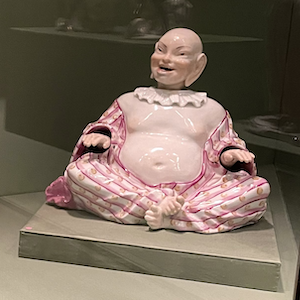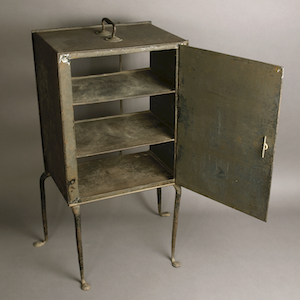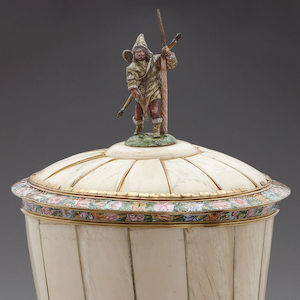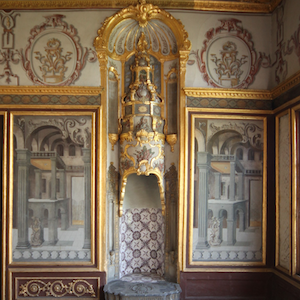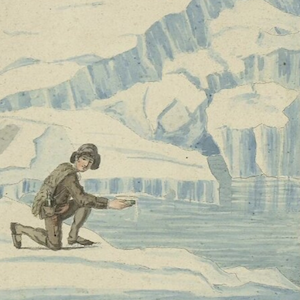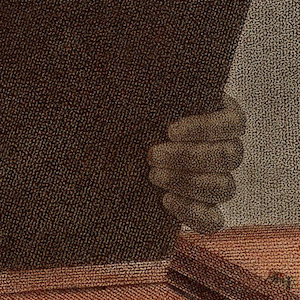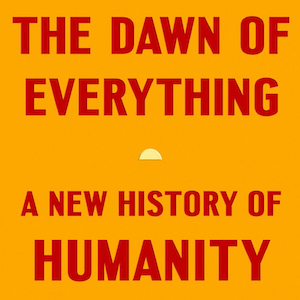In recent years, many American museums and their staff have staged revisionist interventions, urging general visitors and scholars to reframe, reimagine, and reinterpret European collections. In “Re-Presenting Art History: An Unfinished Process,” art historian Cristina Baldacci ruminates on the prefix “re-” as a hermeneutic tool strategically employed by curators to…
Reinterpreting Porcelain Figures: A Review – by Noelle Yongwei Barr
